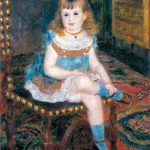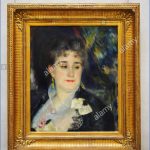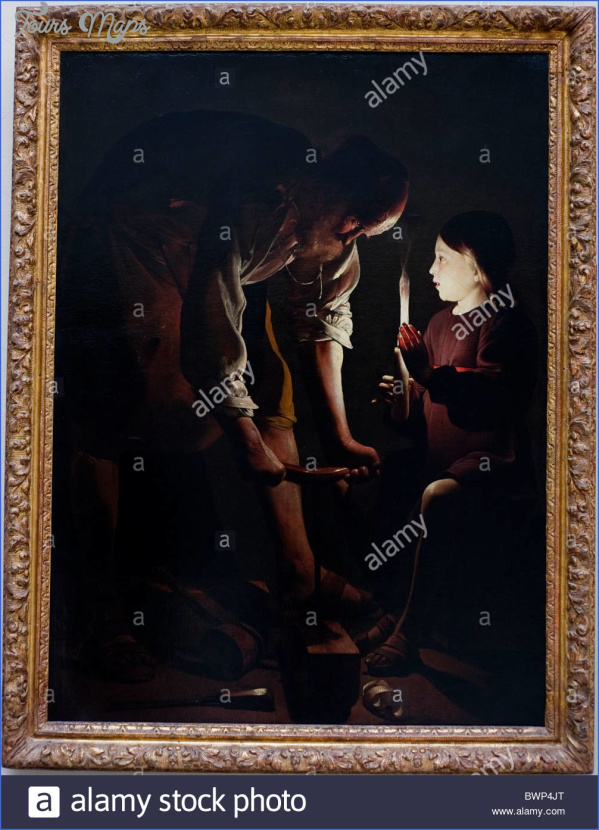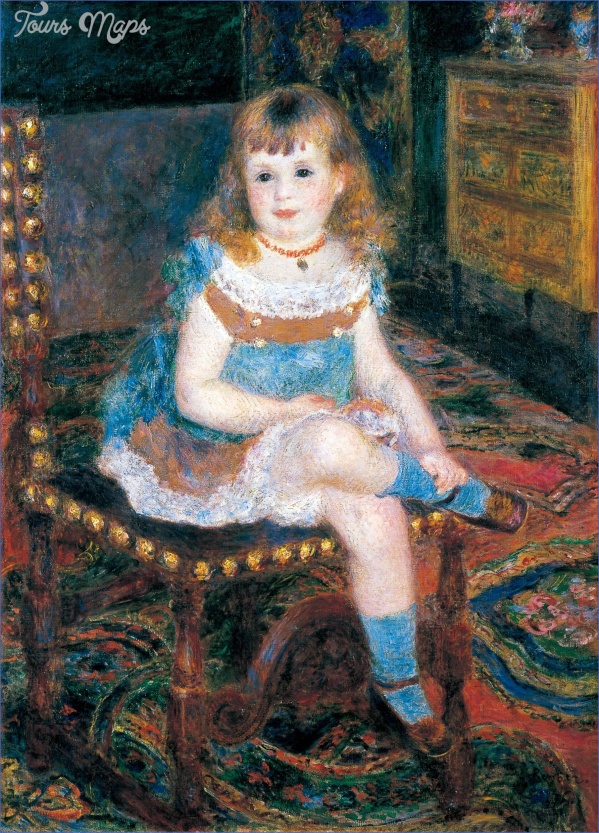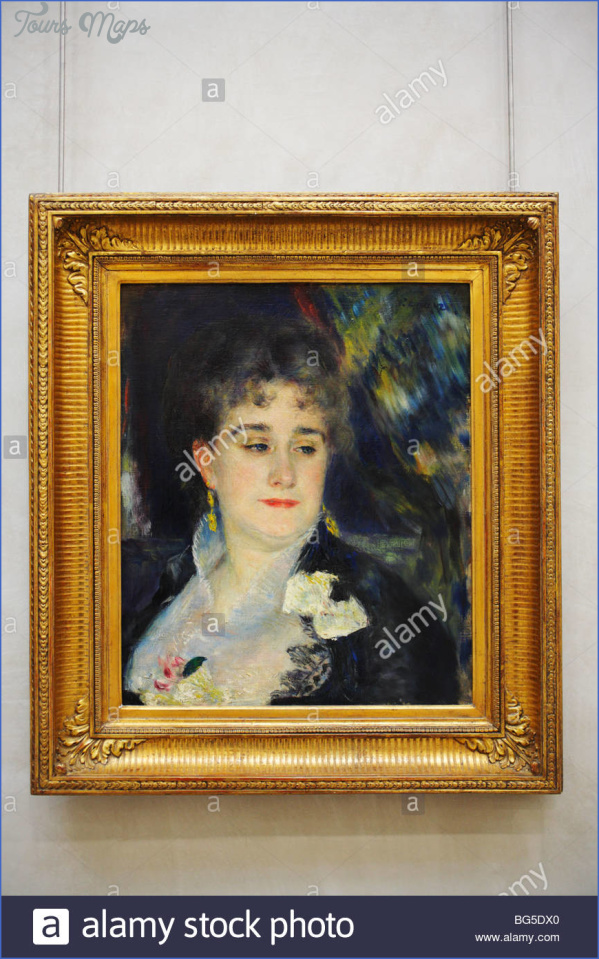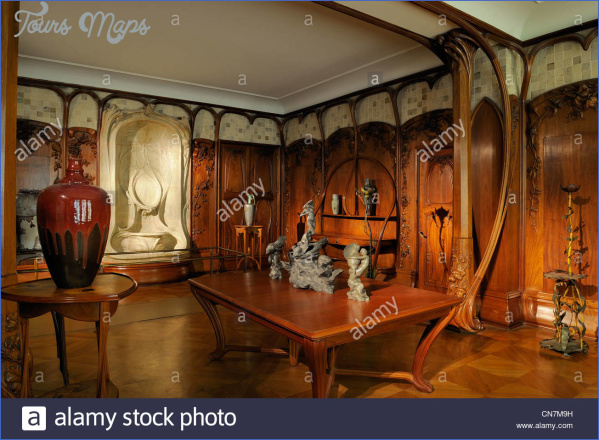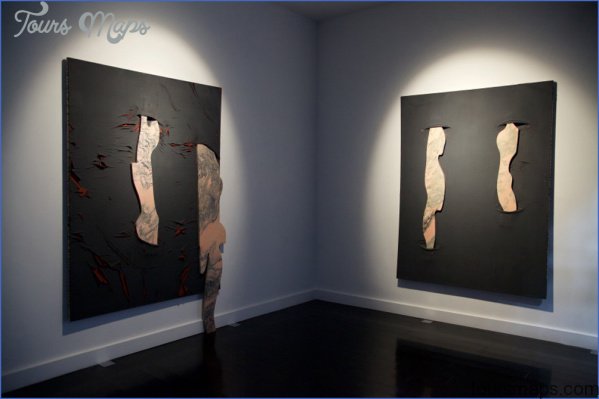CHARPENTIER MUSEUM
In a room of the Musee de Montmartre in Paris the study of the composer Gustave Charpentier has been reconstructed. Charpentier, born in 1860, spent most of his life in Montmartre, although he was a recluse in his flat at 66 Boulevard Rochechouart for nearly half a century from the end of World War I until his death on 18 February 1956. By the time Charpentier had moved there he had already achieved his greatest success: the performance of his scandalously bohemian opera, Louise, at the Opera-Comique (1889). Through glass doorways, visitors can peer at the small study from no.66 – with its pink-striped wallpaper, fireplace, oil stove, furniture, velvet cushions and curtains – at Charpentier’s
Charpentier room, Musee de Montmartre four-octave miniature piano and a pile of sheet music, musical statuettes, telephone, typewriter, gramophone with microphone and writing implements. His coat and scarf are draped over a chair, his shoes and cane close by.
Auguste Renoir was among the residents of the building that is now the museum at 12 Rue Cortot, where the focus of the displays and audio-visual presentation is the colourful cabaret era of Le Chat Noir. The composer and cabaret pianist Erik Satie lived only a few doors away, in no.6, for many years (his lover, Suzanne Valadon, was later also a resident of no.12), but he is not represented in the musical displays which, besides Charpentier’s study, include portraits of some of the other composers with Montmartre associations (Berlioz, Henri and Robert Casadesus, Honegger and Milhaud).
CHARPENTIER MUSEUM Photo Gallery
Maybe You Like Them Too
- Top 10 Islands You Can Buy
- Top 10 Underrated Asian Cities 2023
- Top 10 Reasons Upsizing Will Be a Huge Travel Trend
- Top 10 Scuba Diving Destinations
- World’s 10 Best Places To Visit


